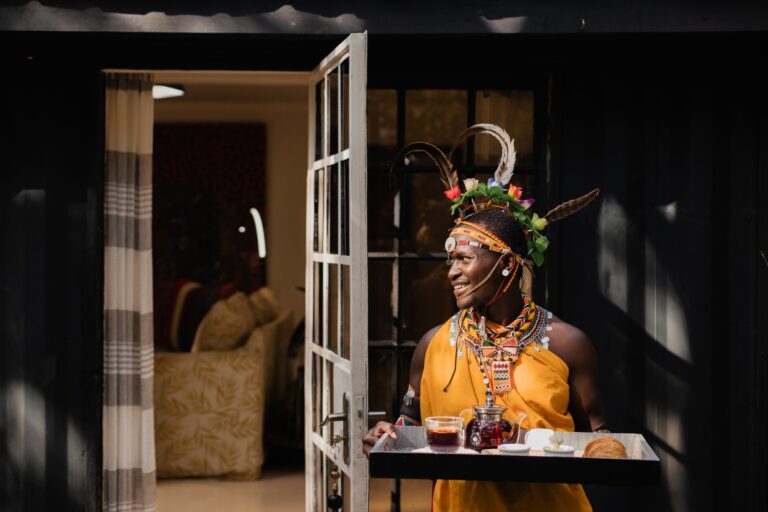8 Malaysian Artists To Know
Recent years have seen Malaysian contemporary art gain new visibility internationally. Across biennales, gallery exhibitions and museum collections, Malaysian artists are gaining recognition for work that is rooted in local and regional experiences while also being relevant to art lovers abroad. Take Haffendi Anuar, for instance, who transforms the domestic kain pelikat into sculptural forms that reflect trade, migration and post-colonial memory. Chang Yoong Chia reimagines everyday materials to probe politics, religion and cultural identity. Nadiah Bamadhaj blends folklore and architecture to question power and gender.
By drawing on local traditions while speaking to global debates, these artists highlight the complexity of Malaysian identity in a rapidly changing world. Collectively, these artists demonstrate how Malaysian perspectives — from textiles and buildings to personal histories — are shaping global conversations about belonging and heritage.
Haffendi Anuar
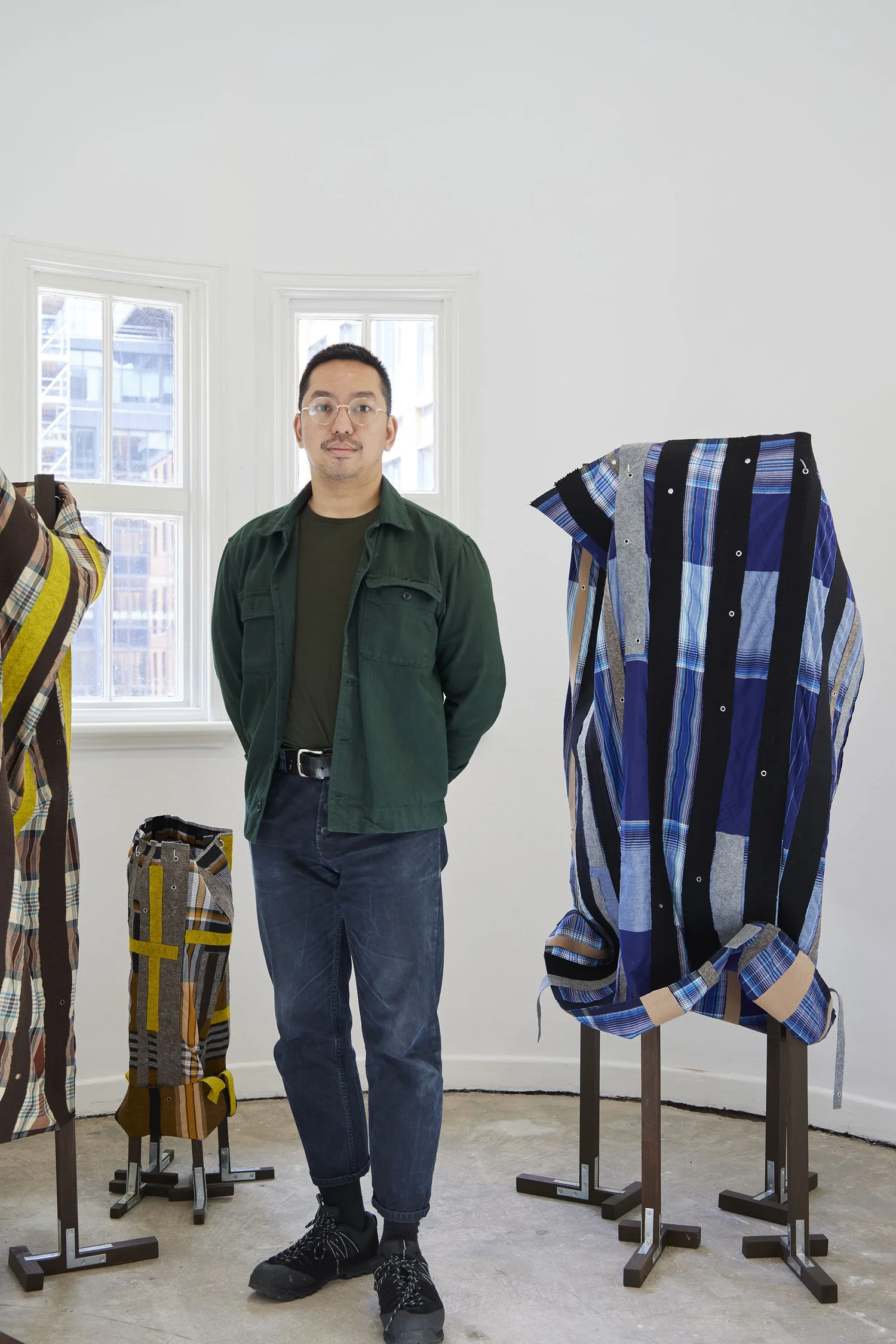
Haffendi Anuar works across sculpture, painting and installation. His practice explores how history, architecture and material culture shape contemporary Malaysian identity. A recurring motif in his work is the kain pelikat — a chequered cotton fabric commonly worn at home — which he transforms into sculptural forms. In doing so, he connects a familiar domestic textile to wider stories of trade, migration and post-colonial memory.
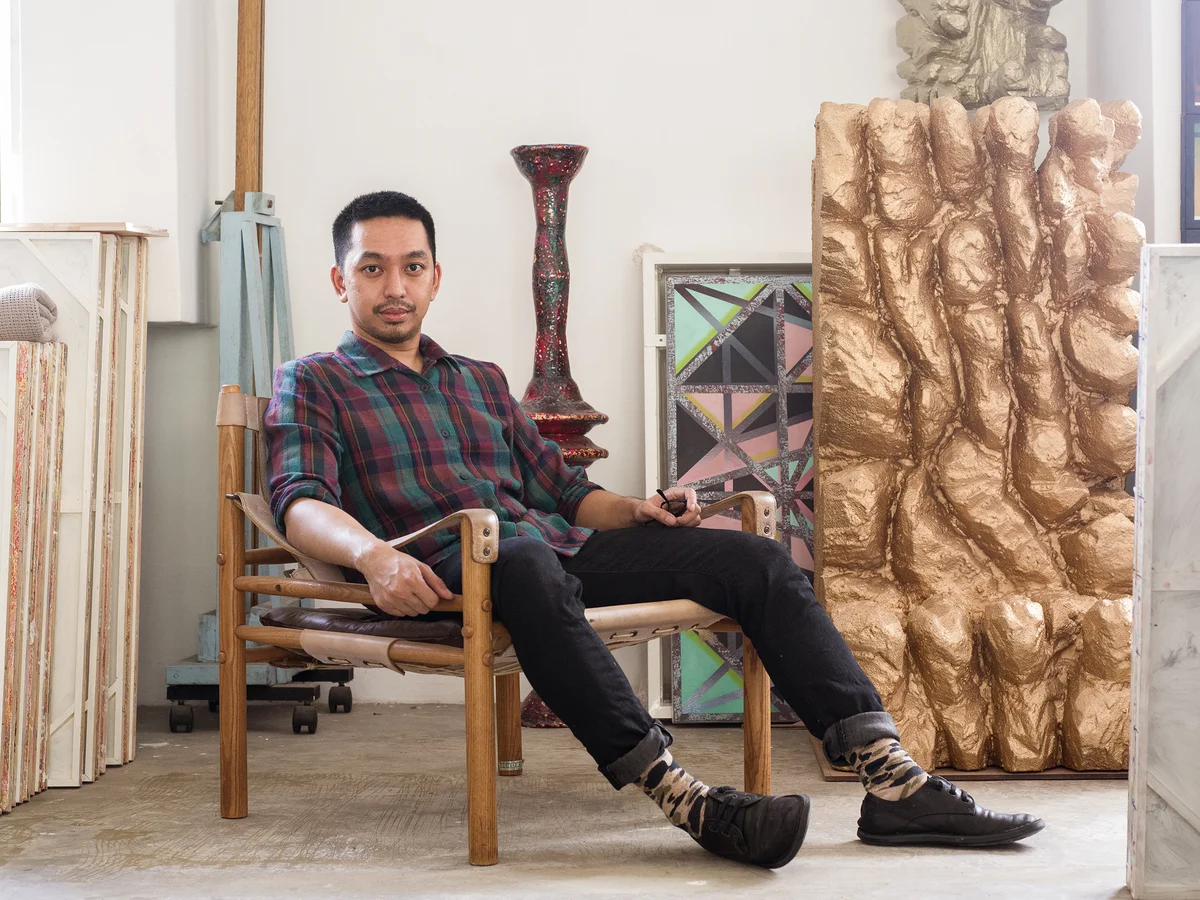
Another strand of his work draws from the architecture of traditional stilted houses. For his major public commission at Battersea Power Station in London, he reinterpreted this building style at a monumental scale — translating Southeast Asian heritage into the language of global urbanism. This ability to move between the local and the international is central to Haffendi’s practice.
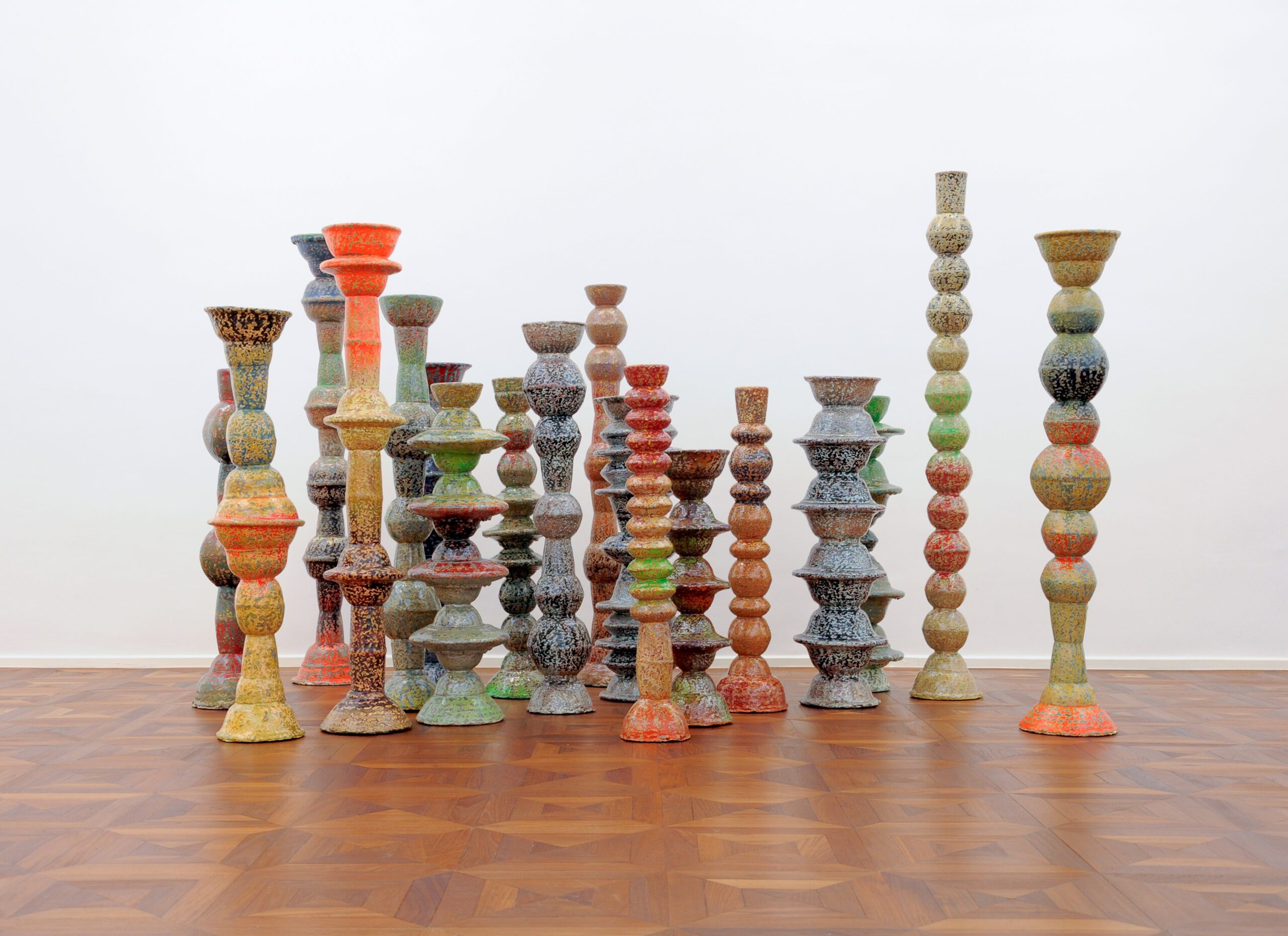
His work has been shown across Asia, Europe and the United States, positioning him as one of the most recognisable Malaysian artists of his generation. Yet even as his career expands internationally, he continues to return to the textures, stories and symbols of Malaysia. In doing so, he demonstrates how a deeply local perspective can open onto global conversations about belonging and cultural continuity.
Find out more about the artist here.
Chang Yoong Chia
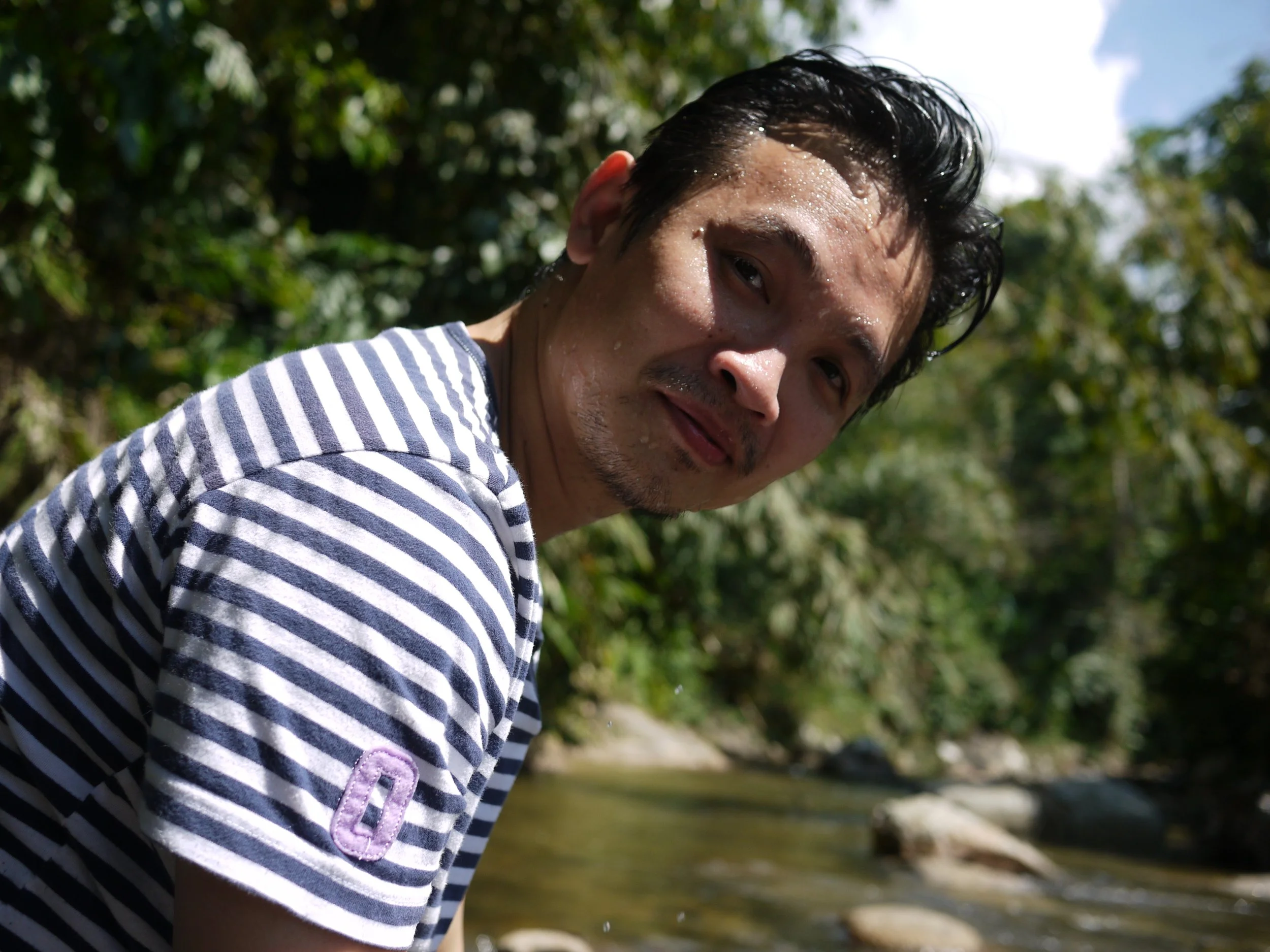
Chang Yoong Chia has built a practice that reflects on Malaysian identity through the inventive use of everyday materials. Trained as a painter, he extends this foundation into embroidery, collage and unconventional mediums such as plant remains and household objects — transforming them into works that address politics, religion, alongside themes of nature and cultural memory. The meticulous labour embedded in his process adds weight to his explorations of history and belonging, often reframing ordinary objects into symbolic carriers of meaning.
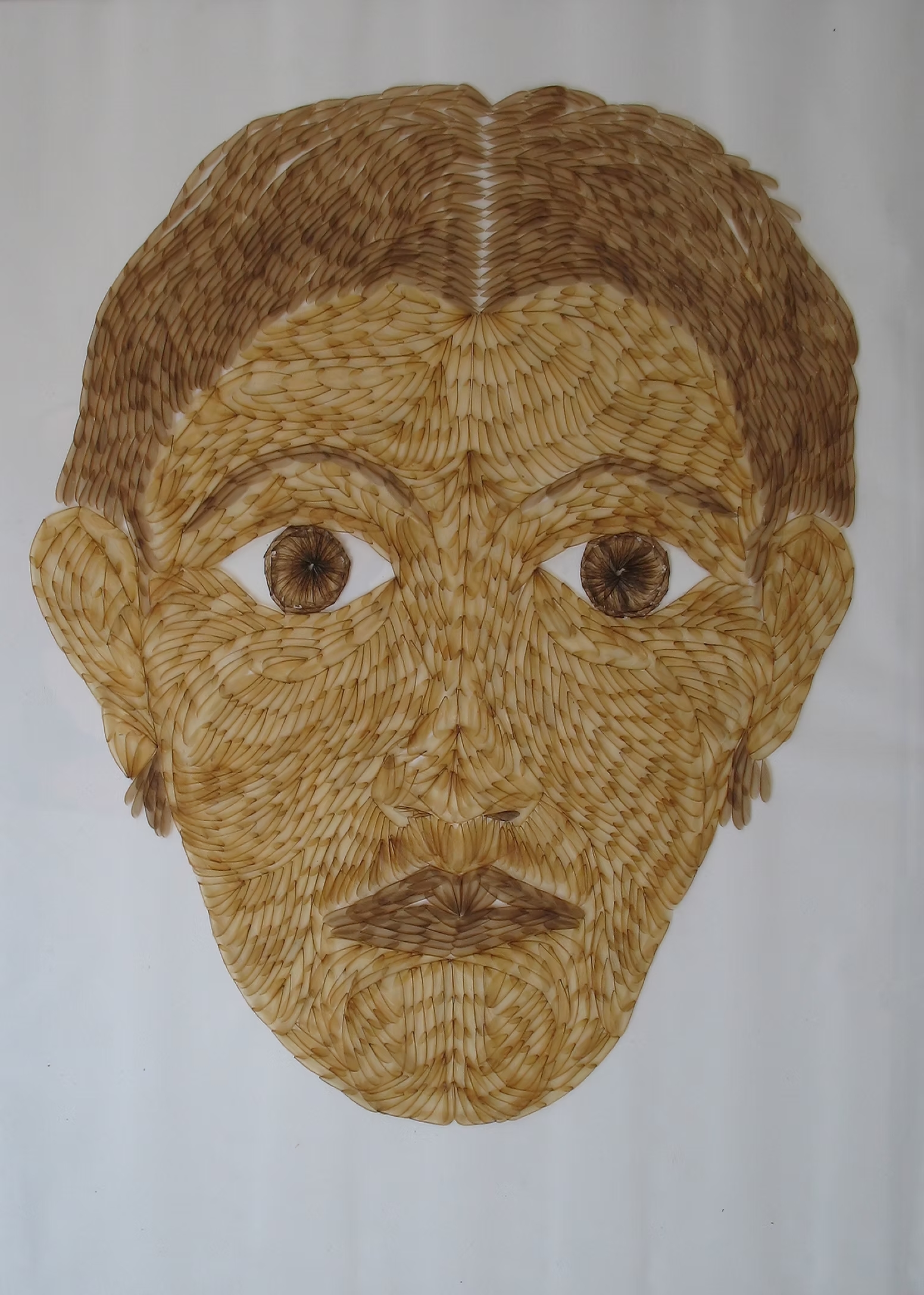
A founding member of the artist-run initiative Spacekraft, he has also engaged in community projects — highlighting art’s role in public life. His works have been presented at major exhibitions including the Fukuoka Asian Art Triennale, Musée d’Art Contemporain de Lyon and Yokohama Museum of Art, and are held in collections across Asia. In 2018, the National Art Gallery in Kuala Lumpur staged a mid-career survey of his work, cementing his significance in Malaysia’s contemporary art scene while underscoring how local narratives can speak to broader global conversations.
Find out more about the artist here.
Nadiah Bamadhaj
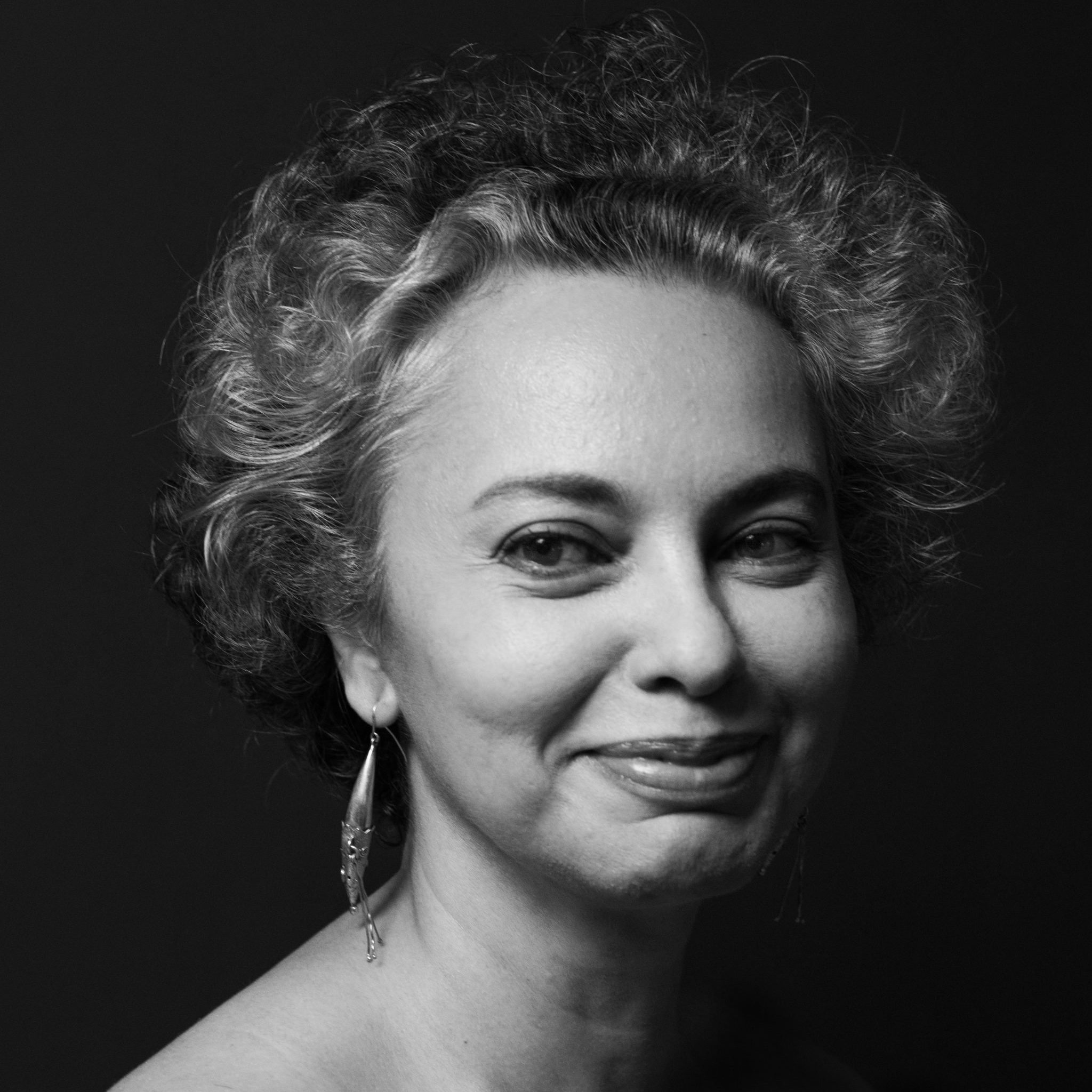
Nadiah Bamadhaj trained as a sculptor in New Zealand before moving to Yogyakarta, Indonesia, where she now lives and works. Her practice spans collage, drawing, installation, sculpture and video editing, often using myth, folklore and architectural forms to question structures of power and gender. While much of her recent work reflects on Indonesian society, her early grounding in Malaysia continues to shape her perspective — particularly through an interest in how personal and national histories intersect.
She has exhibited widely across Asia and internationally, including the Asia Pacific Triennial in Brisbane, the Jakarta Biennale and the Sharjah Biennale and her works are held in major regional collections. Alongside her artistic career, she has also written on human rights in Malaysia and Indonesia — underscoring her commitment to linking cultural expression with broader social issues. Bamadhaj’s trajectory reflects how Malaysian-born artists extend the country’s cultural identity beyond its borders, contributing to global debates while remaining rooted in questions of community and belonging.
Find out more about the artist here or click here for their social media.
Sharon Chin
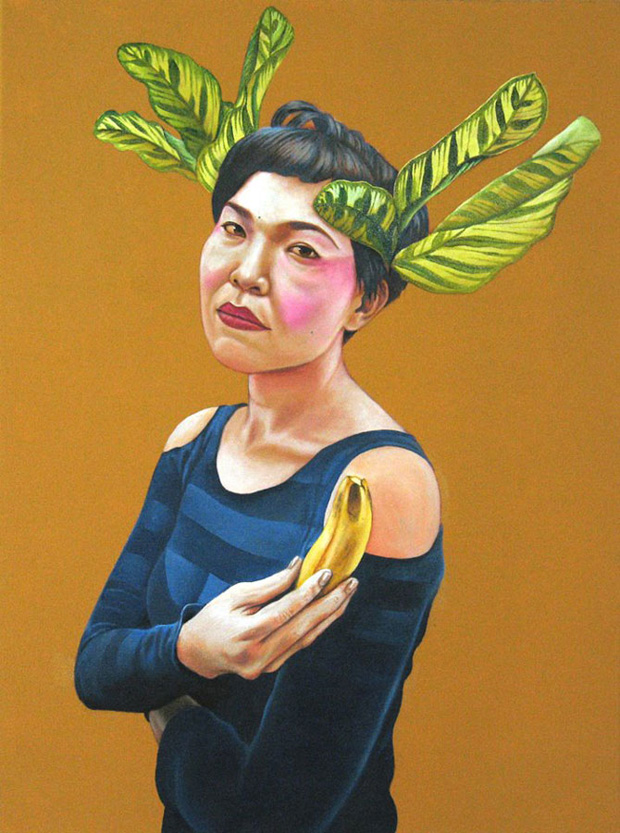
Sharon Chin — born in 1980 in Petaling Jaya — is an artist and activist whose work spans painting, installation, performance and illustration. Now based in Port Dickson, she is recognised for addressing environmental and political issues through projects that often involve collaboration with local communities, making art part of everyday life rather than confining it to galleries. She has been actively involved in Malaysian civil society, designing costumes, banners and performances during protests and elections that drew attention to issues of democracy and freedom of expression.
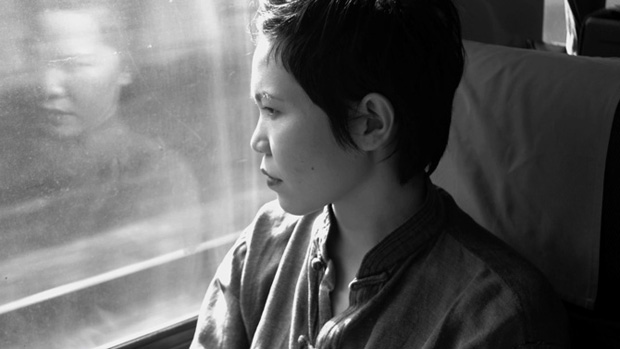
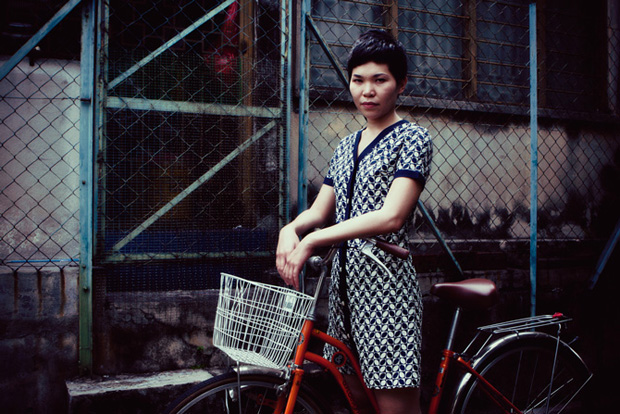
Still from VIA, a film by Azharr Rudin. © Azharr Rudin 2012. All rights reserved. (left)
Photo by Johnny McGeorge © Johnny McGeorge 2012. All rights reserved. (right)
Her floral motifs for “Creatures of Near Kingdoms” — later adapted into textiles with local screen-printers — highlight her interest in how shared stories and visual culture shape collective memory. Chin has exhibited widely — including at the Singapore Biennale and Asia Pacific Triennial — and her works are represented in major regional collections. By placing Malaysian narratives — whether ecological concerns, social critique or re-imaginings of folklore — at the centre of her practice, she has developed a body of work that is rooted in local realities that also resonate with global conversations on art and activism.
Find out more about the artist here.
Read More: Gallery des Artistes Owner Edith Ho on Shaping the Pop Art Scene in Malaysia
Zulkifli Yusoff
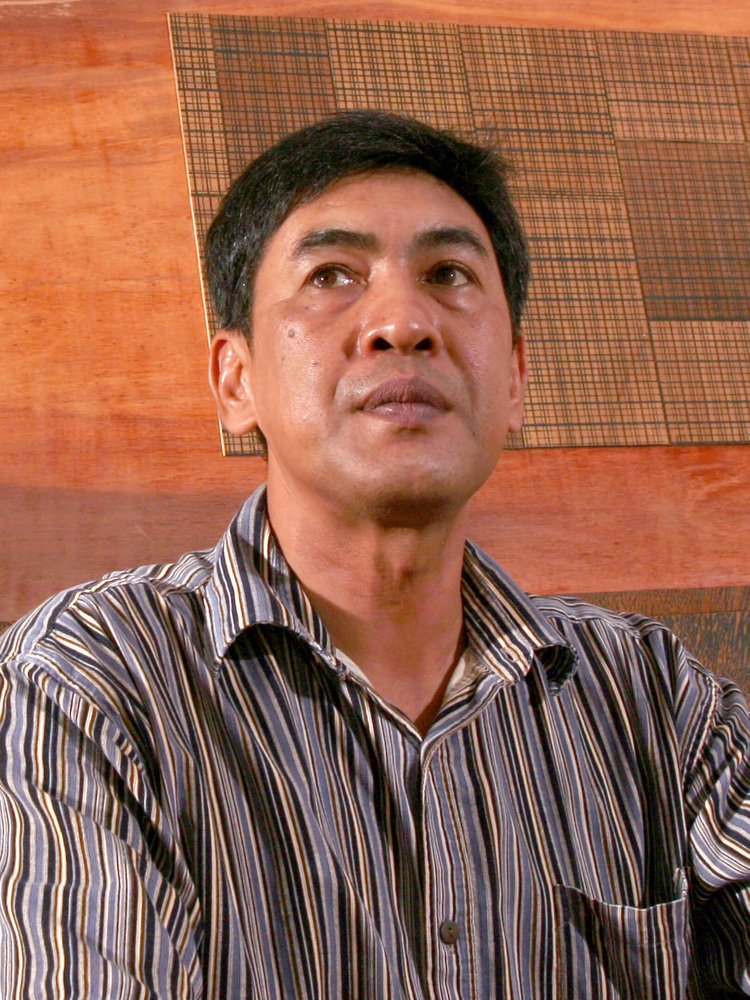
Known for his installations, paintings and mixed media works that probe the relationship between history, politics and culture, Zulkifli Yusoff has built a career marked by both acclaim and controversy. Since first gaining recognition in the late 1980s with installations that addressed power, corruption and Malay identity, he has consistently used art as a way to unpack Malaysia’s layered past. His practice often draws on historical texts, colonial records and traditional motifs, reworking them in ways that highlight how narratives of nationhood are shaped and remembered.
Read More: Mirsham Habib on HARTA’s Initiative to Celebrate Malaysian Art and Culture
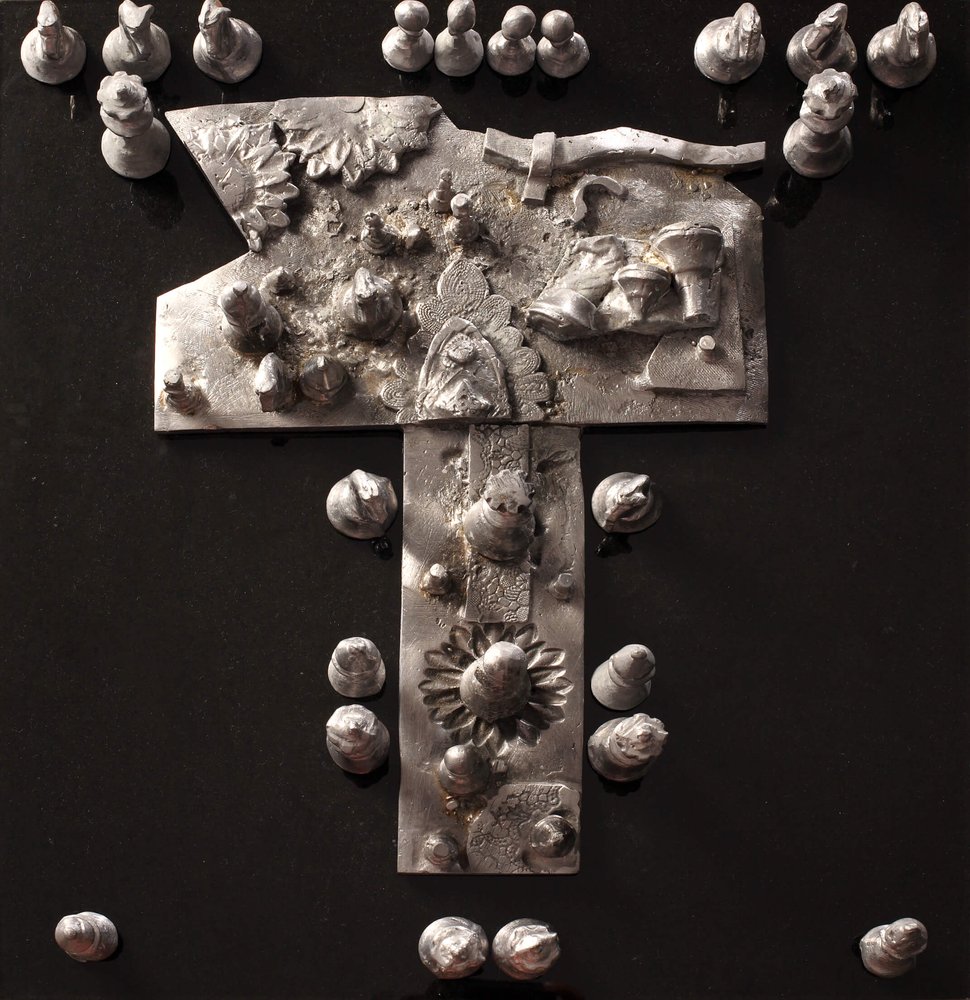
Works such as “Don’t Play During Maghrib” — shown at the Venice Biennale — and his “Malay Sketches” series demonstrate his interest in juxtaposing archival material with pop-inflected imagery, creating a visual language that bridges past and present. By placing figures like J.W.W. Birch or symbols — such as the keris and ketupat within contemporary contexts — Zulkifli makes visible the tensions between heritage and modern life. His work resonates globally yet remains rooted in the Malaysian experience, positioning him as a leading figure in articulating the complexities of cultural identity through art.
Find out more about the artist here.
Ahmad Fuad Osman
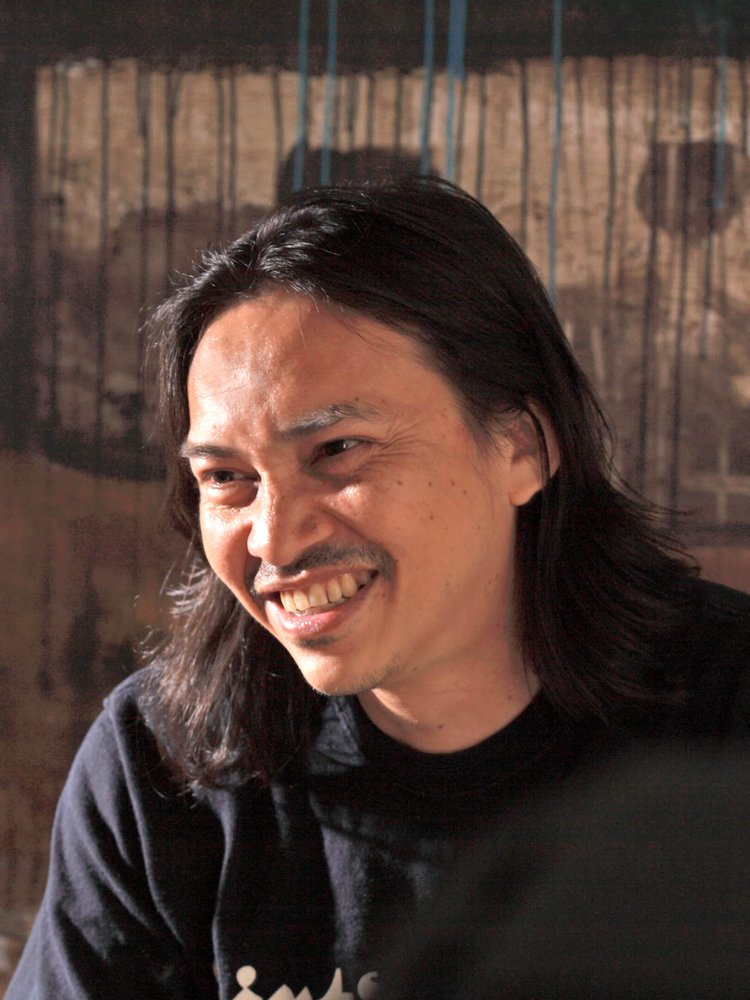
Known for his ability to combine painterly skill with installations, sculpture and video that probe the intersections of politics, history and identity, Ahmad Fuad Osman is one of Malaysia’s most prominent contemporary artists and for good reason. A founding member of the influential Matahati collective, Fuad emerged in the 1990s as part of a generation of artists determined to challenge official narratives of nationhood and culture in post-1969 Malaysia. His works often draw attention to how memory and history are constructed, whether through monumental paintings, politically charged installations or projects such as the “Enrique de Malacca Memorial Project”, which revisited overlooked figures in global history through a distinctly Malaysian lens.
Read More: A Greedy Capitalist is No More Than a Beast on Shafiq Nordin’s Canvas
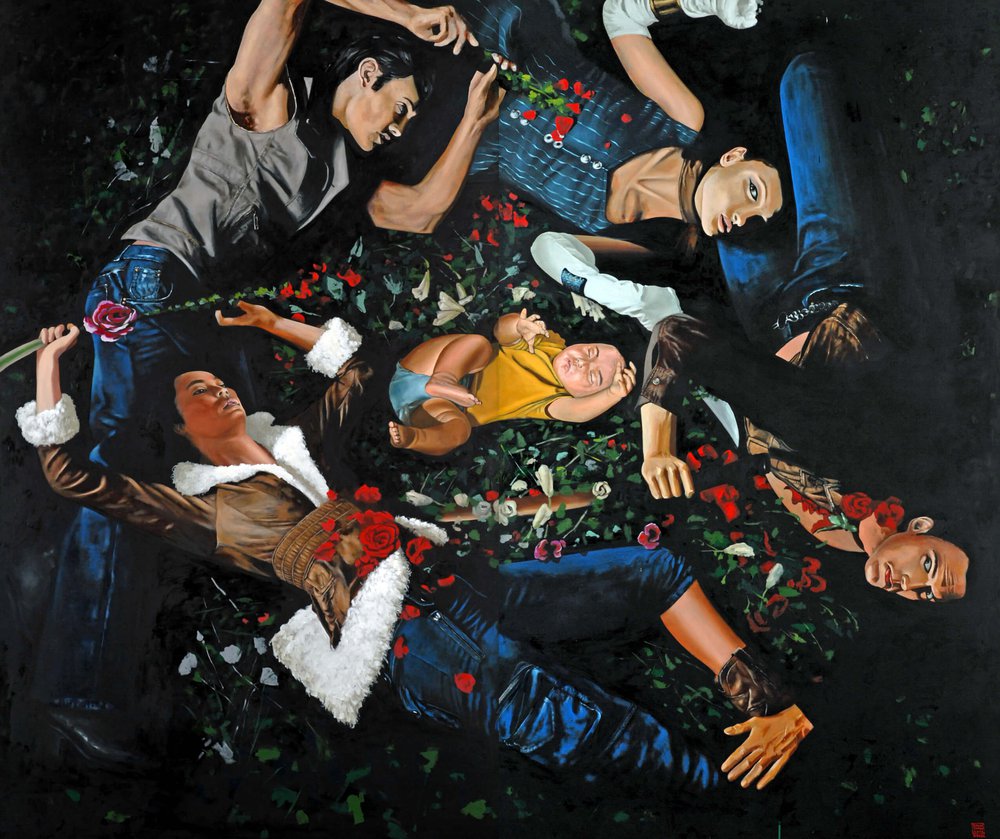
Known for his sharp wit and satirical edge, Ahmad Fuad has long been considered one of Malaysia’s more provocative contemporary artists. In “Recollections of Long Lost Memories”, he digitally superimposes modern figures onto archival photographs to challenge official narratives and expose the subjectivity of memory. The first painting in the series exemplifies this approach: a coloured figure stares down Malaysia’s first Prime Minister with a mocking expression, a gesture that reinforces Fuad’s critique of how history is constructed, distorted and selectively remembered.
While his practice has been exhibited internationally — from Documenta to the Singapore Biennale — Fuad’s art is always grounded in the realities of Malaysian life, reflecting the tensions between ethnicity, religion and power that shape its society. By questioning accepted truths and pushing against restrictive labels, he positions Malaysian culture not as a fixed identity but as a dynamic space of contestation and dialogue. In doing so, Fuad has become a crucial voice in framing how Malaysia is seen within the wider conversations of Southeast Asian and global contemporary art.
Find out more about the artist here.
Read More: HARTA Space Celebrates Malaysia’s Timeless Traditions With “The Grace of East” Exhibition
Shooshie Sulaiman
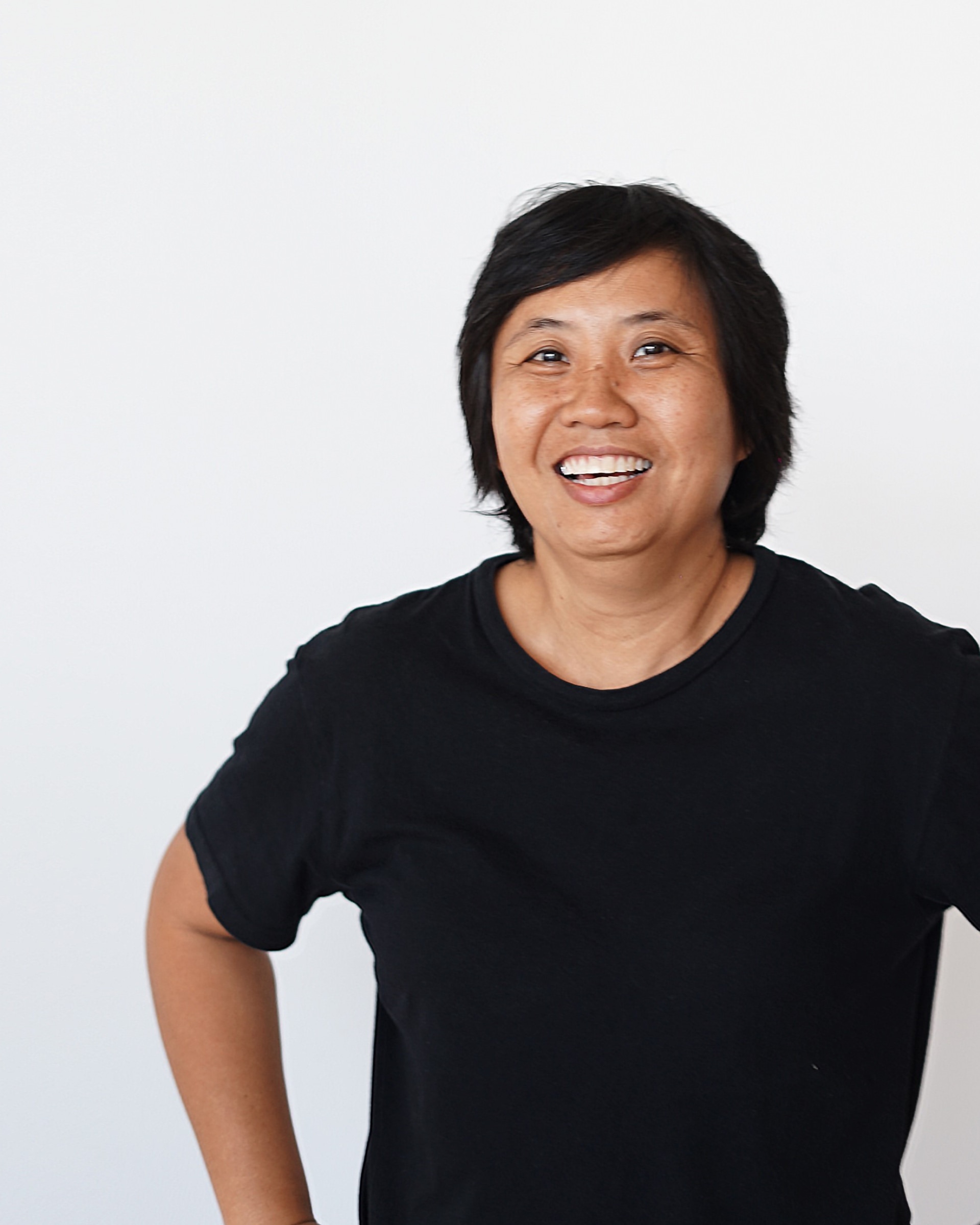
Muar-born Shooshie Sulaiman is recognised as one of Southeast Asia’s most consequential contemporary artists, her creative approach rooted firmly in Malaysian identity. Educated in fine art at UiTM, she works across drawings, installations and performance, often using natural materials — including soil, water and local flora — as a means to question how place, memory and national identity intersect. Her “Malay Mawar” project, for instance, involved grafting a rose from her mother’s grave in Johor onto a French rose, creating a living artwork that symbolises cultural reconnection and geographic convergence.
Her installations and performances frequently collapse the boundaries between the personal and the political, the domestic and the monumental. In projects such as “Kedai Runcit Shooshie Sulaiman”, she recreated a kampung-style provision shop as a site for dialogue and exchange, questioning how history is written and who controls its narratives. Similarly, her “Malaysian Landscape” series uses soil and architectural motifs to ask how colonial and postcolonial frameworks shape the way we inhabit space.
Presented internationally — from Documenta 12 to the Gwangju and Singapore Biennales — her work consistently challenges conventional curatorial norms by centring the personal and communal within a Malaysian framework, forging an identity that resonates globally while remaining deeply local.
Find out more about the artist here.
Read More: The Young Rising Stars of Southeast Asian Design Shine at EMERGE @ FIND Fair 2025
Anniketyni Madian
Anniketyni Madian is celebrated for her ability to weave heritage into modern expression. A Sarawakian sculptor, she draws inspiration from “Pua Kumbu”, the sacred Iban textile traditionally woven by women for ceremonies and rituals. By reinterpreting these intricate motifs into abstract wooden forms, she creates works that are simultaneously architectural and organic, embodying both memory and reinvention. Anniketyni’s sculptures reframe tradition as a living, evolving force, carrying Sarawakian identity into new and unexpected contexts. Her practice bridges the ancestral and the modern, ensuring cultural memory remains alive while speaking to a wider global audience.
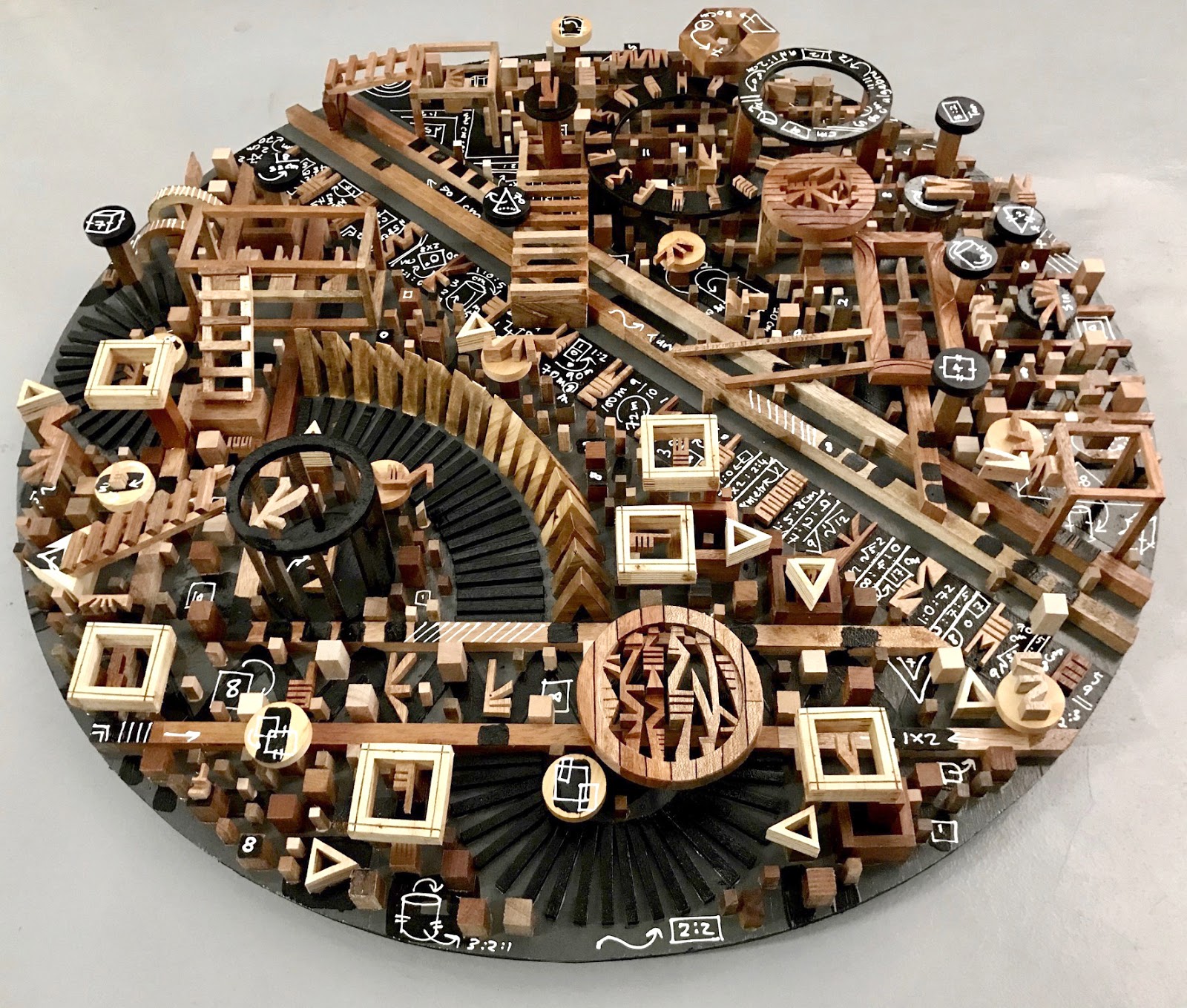
Her works have travelled far beyond Malaysia, with residencies and exhibitions in Asia, the Middle East and Europe, placing indigenous narratives in dialogue with global artistic currents. Yet at their core, her sculptures remain deeply rooted in cultural continuity, asking how heritage can adapt and survive in an era of rapid change. Through her unmistakable visual language, Anniketyni has successfully positioned Malaysian identity within the larger global art conversation.
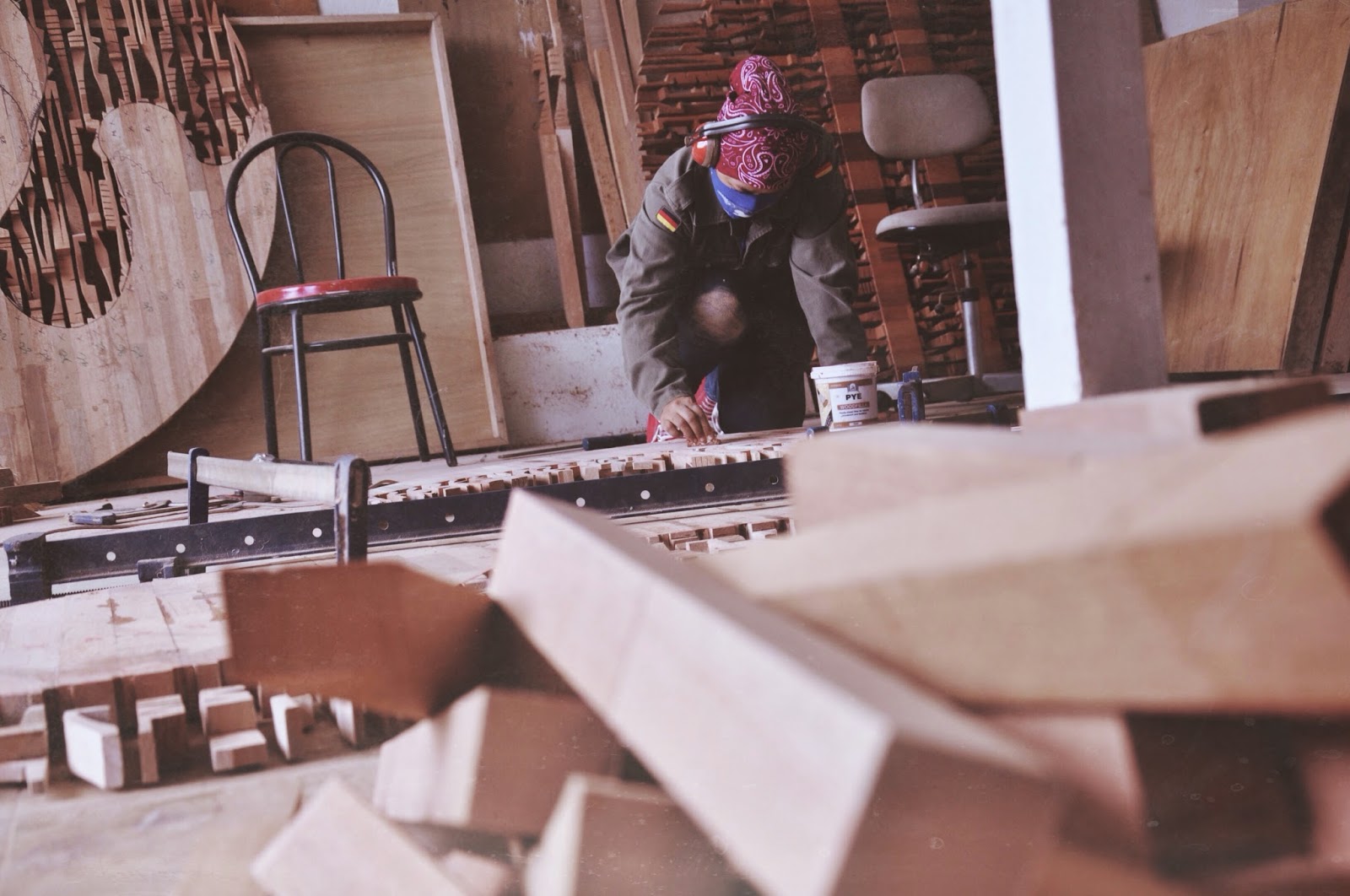
Anniketyni’s sculptures are increasingly recognised both in Malaysia and abroad — she has exhibited across Asia, the Middle East and Europe. Her work has earned regional distinctions such as the Women of the Future Award Southeast Asia. By reworking ancestral motifs into contemporary forms, her sculptures play a part in preserving local heritage and affirming Malaysia’s cultural identity in global art discourse.
Find out more about the artist here.
For the latest in art and culture reads, click here.
The post 8 Malaysian Artists To Know appeared first on LUXUO.





